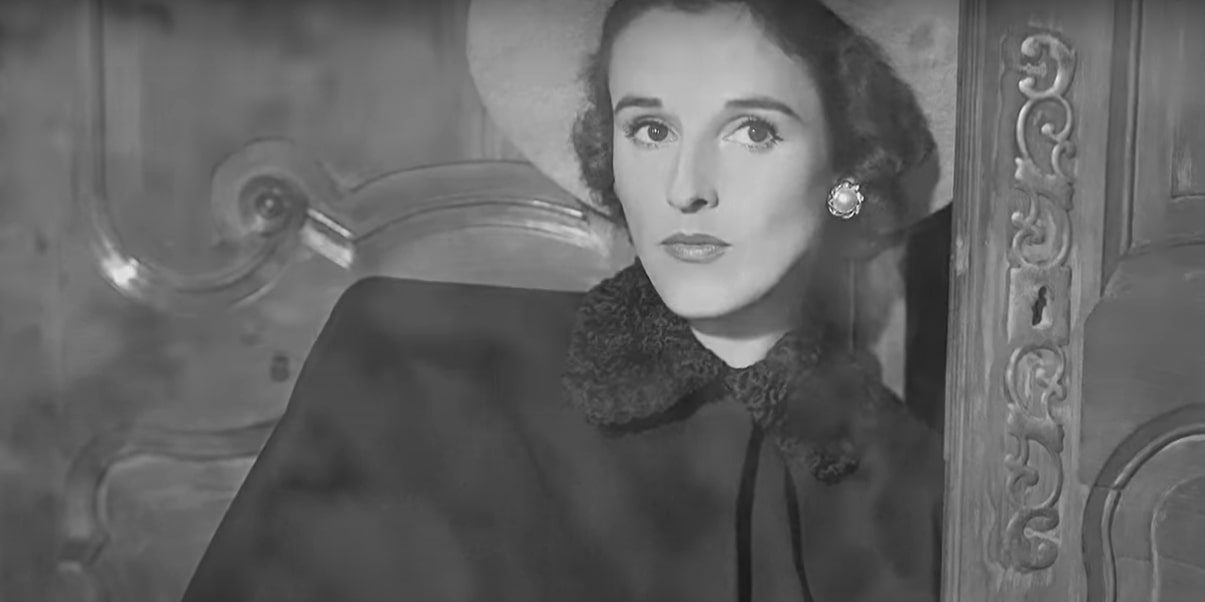Created by Jaffe Cohen, Ryan Murphy, and Michael Zam, ‘Feud: Capote vs. The Swans’ provides a glimpse into the opulent realm of New York’s high society. The series centers around Truman Capote, an author whose downfall is triggered by a book he pens. Despite being acquainted with numerous women in Manhattan’s elite social circles, Capote encounters adversity when he publishes a work divulging closely guarded secrets and stories shared with him in confidence. This decision leads to a backlash that challenges his relationships and reputation.
Capote pens these books under the assumption that they will eventually fade from memory, yet he faces rejection from the very society he once proudly belonged to. Subsequently, he endures a life marked by misery, fueled by addiction, and haunted by an overwhelming sense of loneliness. This not only results in Capote’s social downfall but also exacts a toll on various aspects of his life, stripping away much more than just his societal standing.
Feud: Capote vs. The Swans is Inspired by the Real Truman Capote
The series is grounded in the real-life story of the iconic Truman Garcia Capote, a novelist, playwright, screenwriter, and actor. Born in 1905 in New Orleans, Louisiana, Capote faced early hardships, with his parents separating when he was just two years old. Much of his childhood was spent away from his parents, yet he discovered solace in the art of writing, initiating his literary journey with short stories at the age of 8. Notably, his short story ‘Miriam,’ published in 1945, achieved critical acclaim. By the 1950s, Capote had successfully ventured into Broadway and film work.

Truman Capote’s literary legacy extends to numerous film and television adaptations. Among his most renowned works are the novella ‘Breakfast at Tiffany’s,’ published in 1958, and ‘In Cold Blood,’ published in 1966. Thanks to his professional achievements, Capote gained entry into the exclusive circles of New York’s creative and high-elite society, establishing friendships with prominent figures operating at the pinnacle of societal influence. In 1966, he inked a deal with Random House for a novel slated to be titled ‘Answered Prayers.’
The novel was conceived as a critical examination of the debauched behaviors within America’s high society. The book was intended to become an American counterpart to Marcel Proust’s ‘In Search of Lost Time,’ which had similarly scrutinized French society in the 19th and 20th centuries. Initially planned for publication in 1968, Capote received a $25,000 advance for the book. However, he faced challenges meeting the deadline as he became engrossed in the success of ‘In Cold Blood’ and various other short stories. The deadline was repeatedly postponed, and between 1975 and 1976, Capote released four chapters of the book in Esquire Magazine.
The initial chapter, ‘Mojave,’ from Capote’s novel ‘Answered Prayers,’ garnered a positive reception from both the public and critics. However, the second chapter, titled ‘La Côte Basque 1965,’ stirred controversy among Capote’s friends, despite selling out in a minute. Capote had playfully nicknamed his female friends “swans” and proceeded to pen some of the most scandalous rumors and stories, either in their actual names or under thinly veiled pseudonyms.
The narrative in the book unfolds in a French restaurant in New York City, where the narrator encounters his friend Lady Ina Coolbirth. Notably, Coolbirth is a pseudonym used for Capote’s very close friend Slim Keith, an American socialite and fashion icon prominent in the 1950s and 1960s. Beyond her contributions to the world of fashion, Slim Keith’s association with influential circles left an indelible mark on the cultural landscape of mid-20th-century America.

The most infamous part of the chapter involves a story written by Capote about a character named Ann Hopkins. In this narrative, Hopkins accidentally kills her husband in what is portrayed as an accidental shooting. She hears a noise in the room, picks up a gun, and fires without realizing that she is shooting at her husband. The book describes the narrator and Coolbirth discussing how Hopkins intentionally shot her husband in the shower and had circulated a fictional story. It is alleged that this story was based on the incident involving Ann Woodward and her husband William Woodward. William was accidentally shot by his wife in 1955.

In 1975 Ann Woodward took her own life and rumors suggest that she had been forewarned about the contents of the article and it had pushed her to take the step. In another section of the book, Capote wrote about a character named Sidney Dillon, who habitually and shamelessly engages in infidelity with his wife, Cleo Dillon. It is alleged that Capote based these characters on one of his closest friends, Barbara Paley, commonly known as Babe, and her husband, William S. Paley. Babe, the daughter of renowned neurosurgeon Harvey Cushing, worked as a fashion editor for Vogue for two years before her marriage.
Despite being close to Capote, Babe ceased all communication with him after the publication of the chapter. It is reported that this was the connection he regretted losing the most. Among the “swans” featured in Capote’s writings, C. Z. Guest, the American actress and author, stands out. She had gained significant acclaim as a socialite and fashion icon during that era. Another figure in Capote’s narrative is Joanne Carson, who initially worked as a model and a stewardess for Pan American Airlines. Later, she married talk show host Johnny Carson and eventually became a talk show host herself for a brief period.
In the late 1970s, Truman Capote faced the consequences of his literary revelations, losing many of his friends and descending into a life marked by addiction and drugs. He underwent frequent admissions to rehabilitation facilities and experienced numerous public breakdowns. Although he wrote a few pieces in the early 1980s, his later works did not achieve the same heights as his earlier successes. One of Capote’s final pieces of writing was an essay penned as a tribute to Tennessee Williams, who passed away in February 1983.
Truman Capote himself died in 1984 at the home of Joanne Carson, where he had spent the last days of his life. His reported cause of death was “liver disease complicated by phlebitis and multiple drug intoxication.” ‘Answered Prayers,’ Capote’s unfinished novel, was eventually published posthumously in 1986 in England and 1987 in the US. The eight-episode series, inspired by this grand narrative, breathes life into the magnanimous tale. The sheer magnitude of the story and its far-reaching impact over the years makes it equally engaging and significant. ‘Feud: Capote vs. The Swans’ captures the essence of a bygone era and presents the harsh realities of human relationships and the toll of indiscretion.
Read More: Where Was FEUD Capote vs The Swans Filmed?


You must be logged in to post a comment.